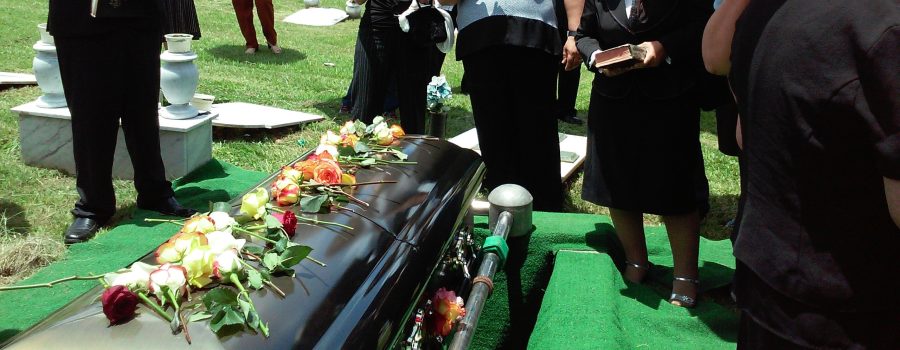When a person dies at the hands of another, it can be traumatic to those left behind. In Minnesota, a death that is the result of either another person’s intention or negligence is a wrongful death.
A wrongful death case in Minnesota has several elements that are different from those of other states. Some of these elements include the statute of limitations and who can pursue the case with a wrongful death lawyer in Minnesota.
Read on to learn more about wrongful death in Minnesota and what is involved in a wrongful death case.
Minnesota’s Definition of a Wrongful Death
The state defines wrongful death as the death of an individual resulting from the “wrongful actions” of individuals or corporations. These wrongful actions may either be out of intent or omission or negligence.
Wrongful deaths can occur as a result of the following:
- Medical negligence
- Premises liability
- Car accident
- The intent to kill a person
In Minnesota, wrongful death is often a civil case. This means that the defendant or accused, when proven guilty, needs to compensate the deceased’s family or trustee. No jail time is warranted, contrary to a criminal case. This is especially the case for wrongful deaths arising out of medical negligence or premises liability.
In the case of a wrongful death resulting from a criminal homicide, filing both a criminal and civil case is possible. In other words, if the defendant was proven to have the intention to cause the death, he or she may be liable for both wrongful death and criminal homicide.
What a Wrongful Death Lawyer in Minnesota Needs To Prove
A wrongful death lawyer in Minnesota needs to prove that the elements of a wrongful death case are present. The state’s definition of wrongful death contains all the elements of a wrongful death case. These elements are intention and negligence.
Intent
Intent refers to the premeditation that is followed by an action. Hence, during a wrongful death case, one of the things a lawyer needs to prove is the defendant’s intention or willingness to cause death.
Negligence
Negligence consists of a failure to render service or care based on a standard set by the state.
For example, medical negligence occurs when a physician or care provider does not deliver care at par with the state’s Standard of Care. In the case of car accidents, the defendant’s failure to drive in accordance with Minnesota’s traffic laws can constitute a failure to act based on a standard.
In short, a wrongful death lawyer in Minnesota attempting to prove negligence will compare the defendant’s action against the state’s minimum standards.
Who Can File a Wrongful Death Lawsuit?
Minnesota has different laws about who can file the lawsuit. In Minnesota, the court must first appoint a trustee.
By Minnesota law, the trustee must be either the next of kin or the deceased’s surviving spouse. The trustee is the only one eligible to file the lawsuit and determine the allocation of damages.
Hire an Experienced Wrongful Death Lawyer in Minnesota
When filing a wrongful death lawsuit, proving the liability of the accused is critical to your case. For this, you need expert legal counsel and representation. Talk to us now if you need a wrongful death lawyer in Minnesota.


